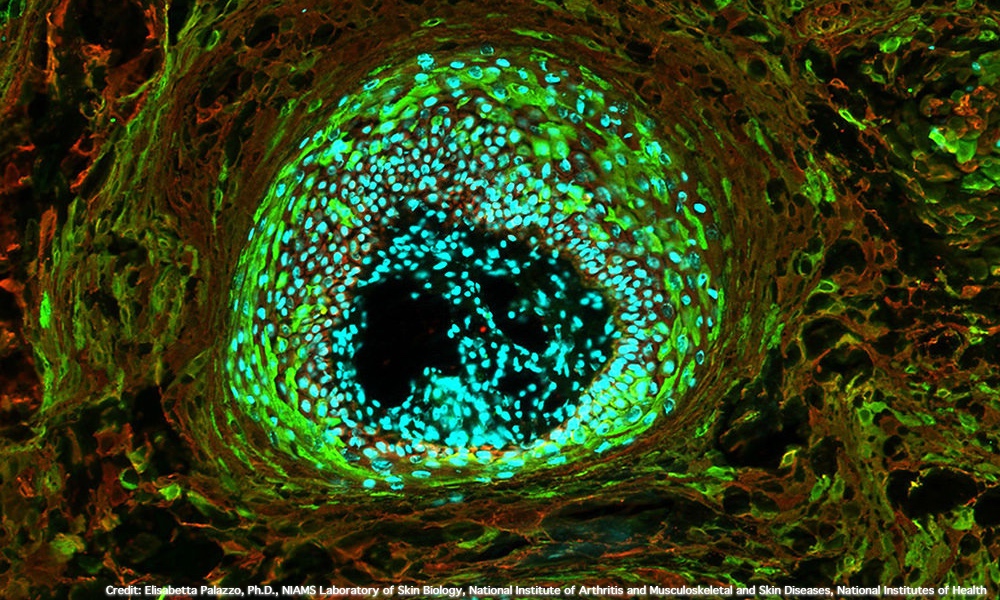More and more people are turning to telemedicine apps and websites to diagnose skin ailments. It is certainly a convenient way to have a doctor look at moles and skin tags you are worried about, but, unfortunately, a new study suggests that when it comes to teledermatology websites, it's a case of buyer beware.
Researchers evaluated the performance of 16 direct-to-consumer (DTC) teledermatology websites using fictitious patients. Not only were many incorrect diagnoses made, but the recommended treatments sometimes contradicted guidelines, and patients were not told of possible side effects and pregnancy risks associated with the medications that were prescribed.
The findings were surprising, researcher Jack Resneck told TheDoctor in an email. “We had hypothesized that there would be variation in quality from one site to another, but the quantity and severity of problems we observed were a surprise,” he said.“...[I]f you upload a photo of a highly contagious syphilis rash, and say you have psoriasis, most clinicians working for the DTC sites will just agree with your self-diagnosis and prescribe a psoriasis medication, leaving you with a highly contagious, sexually transmitted disease.”
The results suggest major quality problems with the rapidly-growing corporate DTC services where patients consult unfamiliar clinicians via the web or phone apps, he added.
None of the sites asked for identification or raised a concern about doctored photos or the use of a pseudonym. In 68% of the consultations, patients were assigned a physician without being allowed to choose. Information about physician qualifications was provided by just 26% of the sites, and some sites used physicians based in other countries without a California medical license. Only 23% of sites asked for the name of the patient’s primary care physician; even fewer, 10%, offered to send records.
This lack of coordinating care may be a problem because, according to Resneck, “When patients need in-person care if their condition worsens, or if they have a medication side effect, distant clinicians often don’t have local contacts to facilitate the necessary appointments.”
A diagnosis or possible diagnosis was given in 77% of the cases. Medication was ordered in 65% of cases, but adverse effects or pregnancy risks were discussed in only a few of them. Although the sites made correct diagnoses in cases where photos alone were sufficient, when more information was necessary, they often failed to ask appropriate, relevant questions. And the sites missed diagnoses such as secondary syphilis, eczema, folliculitis and polycystic ovary syndrome.
For the time being, telemedicine is best left to physicians and team members who are part of the practices or regional health systems where patients already receive care, said Resneck. He went on to say many insurers are currently contracting with DTC web sites to provide care for their enrollees, and refusing to cover follow-up telehealth visits with a patient’s current doctors.
For those thinking of going the telemedicine route, Resneck counsels, “Make sure the physician responding to your request is licensed in your state, properly trained in the appropriate medical specialty, preferably is board certified, connected to physicians in your area, able to discuss your medical history, and willing to forward records of your consultation to your medical team.”
The study is published in JAMA Dermatology.





